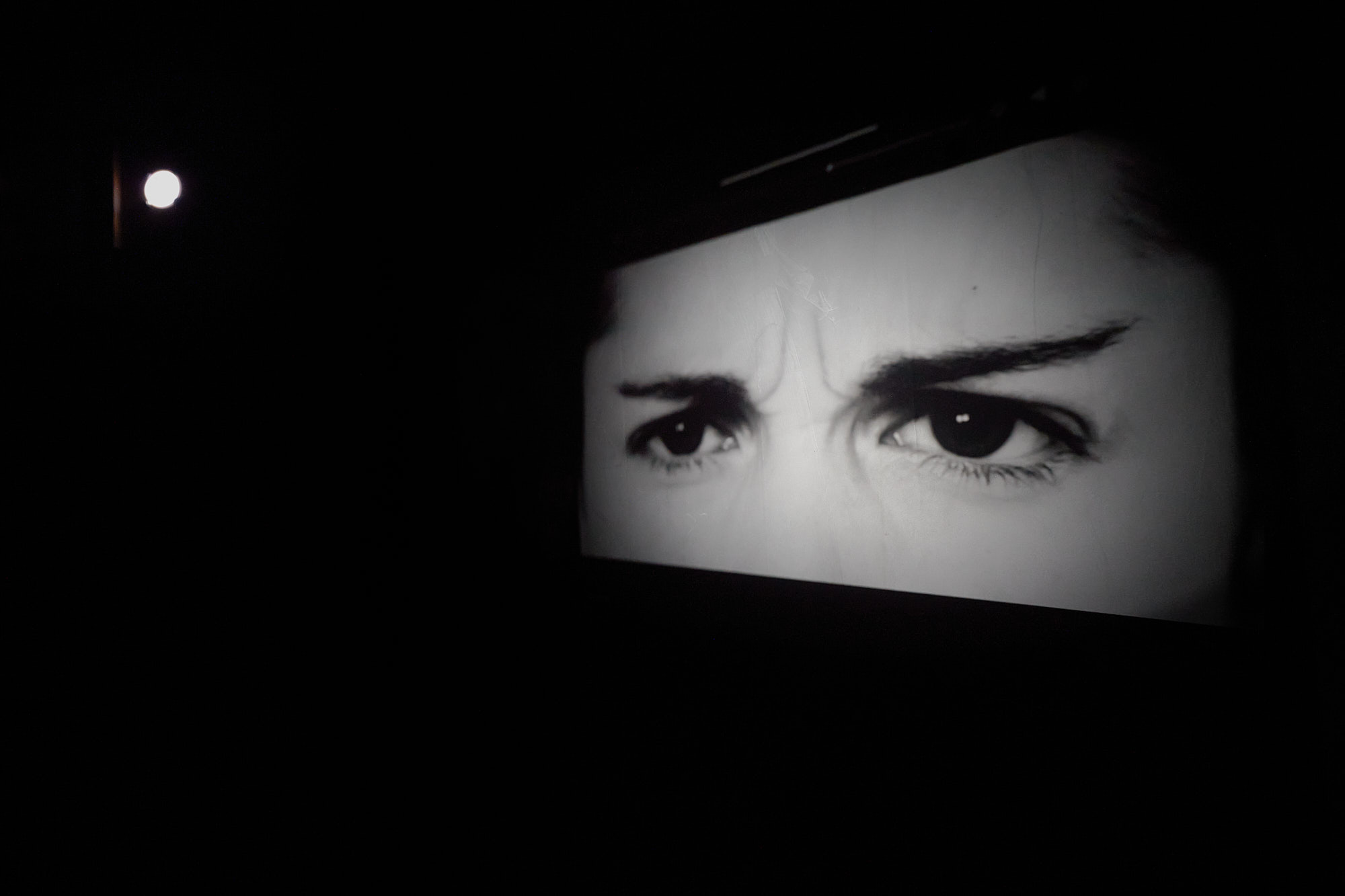Daniela Stubbs-Leví
-Moodmarkers
-No Audio
-Hysteria: Her Hair
-Inner 8
-Be, I was, Am
-Temporality Landscape
-Cycle
︎ Books
︎ Sound
︎ Info
-Moodmarkers
-No Audio
-Hysteria: Her Hair
-Inner 8
-Be, I was, Am
-Temporality Landscape
-Cycle
︎ Books
︎ Sound
︎ Info

Waltz—expressions in 3/4
Installation, dimensions variables
2021-2022
Installation, dimensions variables
2021-2022
Waltz starts with the research on Facial Action Coding System (FACS), the study on how facial expressions depict emotions. FACS was started by the psychologist Paul Ekman after Carl-Herman Hjortsjö’s system that identifies the physical expression of emotions. It was first used as a study on depression but was later used for animation purposes most importantly, it is the base for facial recognition in today’s ubiquitous AI applications. FACS has been established as a computed automated system that detects faces in videos, extracts the geometrical features of the faces, and then produces temporal profiles of each facial movement. Ekman started by stating 7 universal emotions: fear, anger, sadness, disgust, contempt, surprise, and enjoyment or happiness then he would deconstruct them into the specific “action units” (AU) and their temporal segments that produced the expression. This I consider being central to how technology mimics human intelligence concerning emotions, simplifying structures into data for recognizing and understanding them but also, I would argue more dangerously, imitating them.
When reversing the process of FACS we are left with specific descriptions of movements from a segmented face extracted altogether from the emotion it once conveyed. These descriptions stand alone as instructions or scores. Stubbs-Leví draws a parallel from this coding system to music and choreography by following these scores, setting a waltz tempo (3/4) she performs them, and riffs. Using the face as an instrument, she separates the top from the bottom, the eyes from the mouth. These performed deconstructed gestures deny a specific feeling, and it’s up to the spectator to mix and match as pleased as well as decide what they convey or if they convey at all. Can our face be used as an instrument? Does a smile still mean “happy” if deconstructed and choreographed? Can choreographing a facial expression surpass the expression itself, to the detriment of its humanity? Or does it, instead, allow us to own and reclaim our human nature?
When reversing the process of FACS we are left with specific descriptions of movements from a segmented face extracted altogether from the emotion it once conveyed. These descriptions stand alone as instructions or scores. Stubbs-Leví draws a parallel from this coding system to music and choreography by following these scores, setting a waltz tempo (3/4) she performs them, and riffs. Using the face as an instrument, she separates the top from the bottom, the eyes from the mouth. These performed deconstructed gestures deny a specific feeling, and it’s up to the spectator to mix and match as pleased as well as decide what they convey or if they convey at all. Can our face be used as an instrument? Does a smile still mean “happy” if deconstructed and choreographed? Can choreographing a facial expression surpass the expression itself, to the detriment of its humanity? Or does it, instead, allow us to own and reclaim our human nature?




Images from installation at The Clemente by On white wall